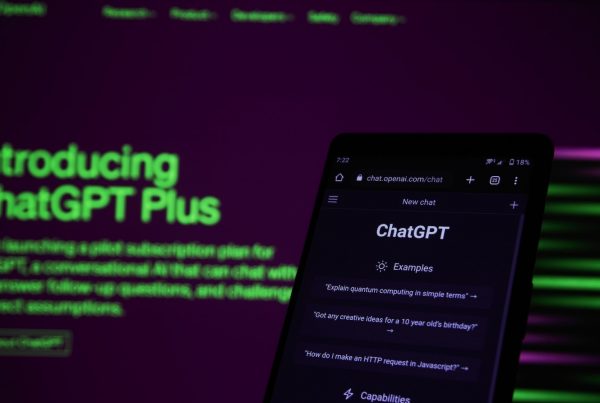The elephant-headed one is here and there are celebrations all around.
I often feel that this is one God who lends himself to creative expression really well. I mean, you can make your depictions as simple or as complicated as you want.
Draw a few gentle curves, mere outlines, and you have people readily identifying it. In fact, drawing the curve of the trunk is the easiest way of depicting this god; people recognise it easily too. Which makes me ask: how?
How do you recognise a curved line as a representation of this diety? A simple explanation is that the human mind receives ideas and responds to stimuli in scores of different ways. All the ideas and inputs, what we see and what we hear, are tucked away in the back of our head. The mind dips into this reservoir to process the incomplete bits of inputs it receives; it borrows from this repository to complete the picture.
So, when we see the curve of a trunk, the mind is busy digging into its storehouse of images to help us visalise the missing lines too – the rest of the diety’s image. It is helping us form the complete picture.
This ability of the human mind to complete the picture can be used to an advantage in communication. Give your audience outlines and ask them to fill in the details; ask them to join the dots to create a meaningful picture.
Use it in:
- Advertisements. It makes an impact, specially in print ads where people can look at the incomplete visual and get their imagination to work.
- Communication campaigns. Build a series of posters and mailers with just hints of images or broken images. Reveal the complete picture at the end. It keeps people excited and makes them more curious about what’s to come next.
- In-house events. Workshops, learning sessions, and orientation programmes all become lively when you get people to guess what the incomplete images mean.
We recently used it to make a speech more engaging. It turned the traditional one-way communication into a more interactive, responsive one.



